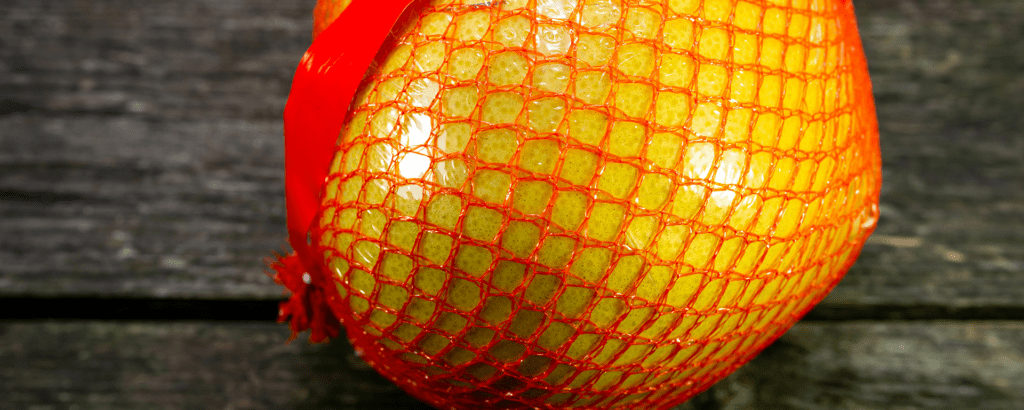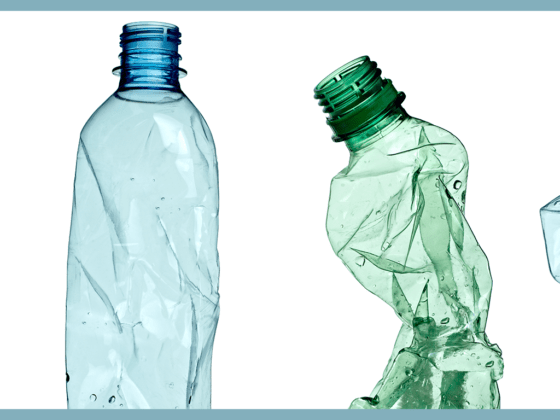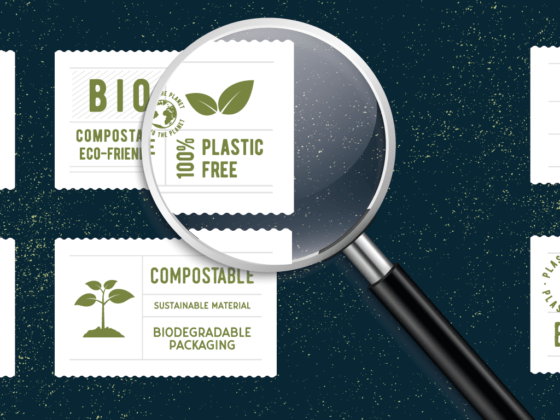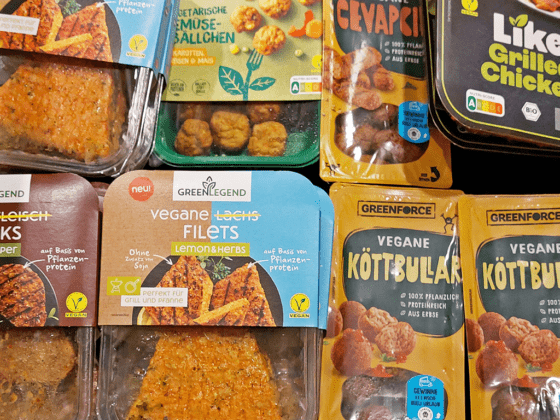Citrus fruits are important in winter: the high vitamin C content helps us prevent and relieve colds. The pink pomelo, also called the “Chinese grapefruit”, promises a particularly high vitamin content. Most of the pomelos offered in Germany in winter come from China, which in itself is a problem. Transporting fresh fruit over such a long distance cannot be reasonable from an ecological point of view. But that’s not all: in order to protect the fruit on the long journey, they get individually wrapped in plastic, despite their thick skin (which accounts for half of their weight). You can see the proof picture above. We made it in early January in an Edeka market in Brandenburg.
The first pomelo originated in Israel
The huge yellow, sometimes orange part is a hybrid of grapefruit and pomelo. The fruit originated in Israel, where it was cultivated in the 1970s. The juicy flesh is between the slightly tarter grapefruit and the sweeter orange in taste. The popular food portal “Eat Smarter” celebrates the pomelo as a “culinary newcomer with special potential”: the pomelo strengthens the immune system, is good for the intestines, boosts fat burning and can therefore help with weight loss. Sounds good. But it is not.
What is such a tasty vitamin bomb worth to us?
The Vienna Environmental Advisory Service, a publicly funded environmental protection organization, advises against buying pomelos. Their CO2 balance is four times worse than that of grapefruits from Italy, it says. In addition, pesticides are used on a massive scale in China, thereby polluting water bodies. Although there are limits for individual pesticides, the environmentalists from Austria warn that there are no regulations on how high the total load may be. In addition, the degree of ripeness of the pomelos on offer is not recognizable to the layman. Whilst one can immediately tell from the bananas, which also travel a long way, in which state of ripeness they are, with pomelos it is not so easy.
There are also regional vitamin C bombs
The fact is: In winter, we rely on imports – but they certainly don’t have to come from China. Lemons and oranges from Spain consume a lot of water and also have to be transported – yet their emissions balance is significantly better than that of fruit from Asia or South America. What cannot be avoided in winter, we can compensate for in summer: Regional vitamin C bombs include sea buckthorn, gooseberries, red and black currants, rose hips – and of course strawberries.
Conclusion: For this China cracker, we do not have to directly call for a ban on vitamin C bombs, it’s enough if we keep our hands off them at the fruit counter. Because: With no sales, no more plastic-wrapped CO2 bombs from China will follow.
This might also interest you:
Sustainability duel in the supermarket: Which packaging is really environmentally friendly?
 English
English Deutsch
Deutsch




